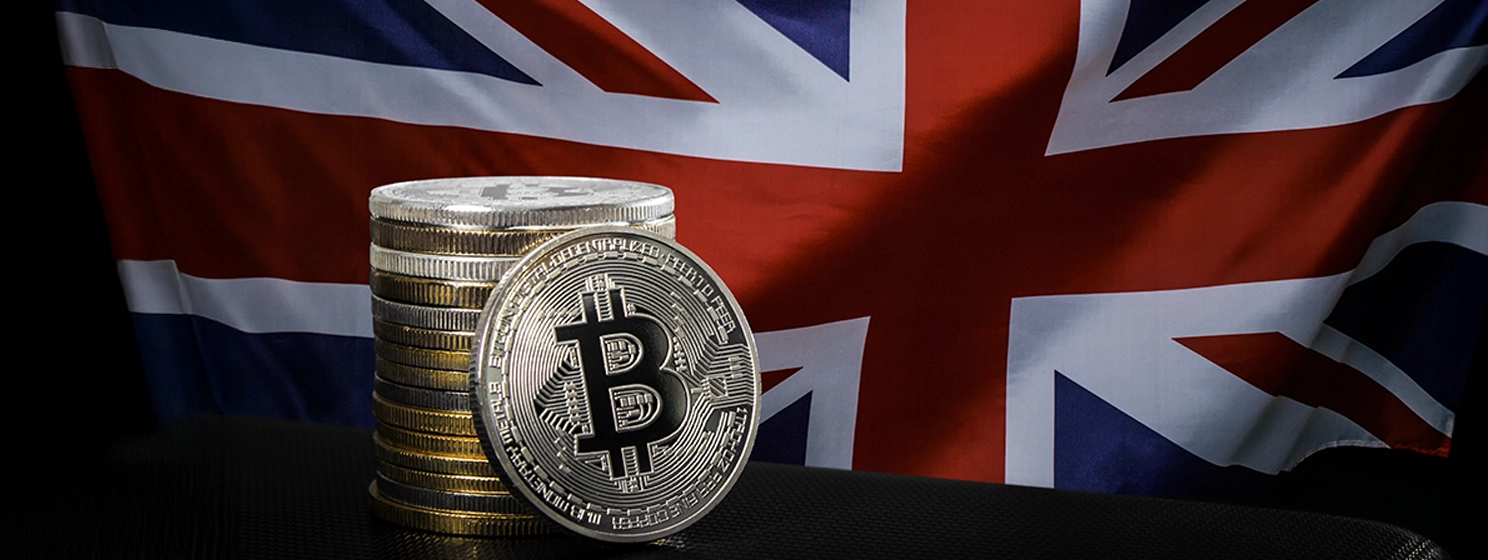|
Getting your Trinity Audio player ready...
|
Digital payments between businesses are expected to balloon in size by 2032, with a new report tipping the ecosystem to be valued at $27.8 trillion.
The report, compiled by SNS Insider, revealed that the B2B digital payment market is valued at over $8 trillion in 2023. A surge to $27.8 trillion in 2032 represents a compound annual growth rate (CAGR) of 16.79% over eight years.
Several factors drive the projected valuation for B2B digital payments, including a rapidly changing business landscape and the need to integrate emerging technologies into existing workflows. Enterprises demand real-time transactions to smooth out business processes, while cross-border transaction capabilities are fuelling global adoption rates.
The report noted that enterprises are turning their gaze to cost-efficiency and improved transparency stemming from digital payments. As companies embrace cloud-based solutions, the report says the B2B digital payment market will record a double-digit CAGR till the end of the decade.
The leading service providers in the B2B digital payment landscape for the period under review include Mastercard (NASDAQ: MA), Visa (NASDAQ: V), PayPal (NASDAQ: PYPL), and American Express (NASDAQ: APX). Others are Stripe, Square, Oracle, JPMorgan (NASDAQ: JPM), but the report makes room for emerging disruptors over eight years.
By segment, the report noted that digital commerce accounted for 58% of the industry’s revenue shares, driven by online B2B marketplaces featuring payment APIs into enterprise platforms. These platforms allow businesses to make bulk payments and reduce invoice-to-cash cycles in the operational processes.
In terms of end use, the IT and telecommunications sector takes the lead, underscored by a reliance on artificial intelligence (AI)-powered functionalities to automate processes. The report attributes the sectors’ lead to being early movers in technology adoption and global collaboration.
Other key end users include transportation, logistics, retail, and healthcare sectors. By regional distribution, Southeast Asia trumps North America in being the global leader in the B2B digital payment market.
Digital payments poised for meteoric growth
While B2B digital payments are projected to grow significantly in the coming years, the broader digital payments sector is tipped to surge within the same period. Although the SNS Insider report revealed that the U.S. will play second fiddle to Southeast Asia on the B2B side, experts say U.S. digital payments will surpass $3.8 trillion in 2025.
Meanwhile, the global digital payment revenue is poised to exceed $3 trillion before the end of 2028. Africa is latching on to the trend, with one report predicting that its digital payments industry will reach $1.5 trillion by 2030.Tajikistan embraces digital payments amid spike in e-wallet adoption
Elsewhere, emerging data reveals that digital payments are recording impressive adoption levels in Tajikistan, a trend driven by the rise in e-wallet adoption.
According to a report, the National Bank of Tajikistan (NBT) disclosed that the total number of electronic wallets in accredited financial institutions has peaked at 15.7 million. The latest figures are a staggering 50% leap over the last year in what has been a steady climb for digital wallet adoption in the country.
In 2020, the number of digital wallets in the country stood at a mere 1,708,582; by 2023, the figure grew to 8,707,601. The NBT data reflects a double-digit compound annual growth rate (CAGR) since 2020, with the trend showing few signs of slowing down.
Per the data, the rise in digital wallets is triggering a steep decline in cash-based transactions for the landlocked nation. In the first half of the year, over 11 million digital wallet transactions worth 1.7 billion somoni ($170 million) were recorded, an increase of 27.7% and 41.3% respectively.
Meanwhile, the volume of digital wallet transactions has been rising steadily since 2020, matching the pace of adoption. Apart from digital wallets, other forms of electronic payments in Tajikistan are growing in popularity, with credit cards and QR codes pulling in impressive figures.
A number of government initiatives are supporting the rise of digital payment methods in the Central Asian country. Experts are pointing to the regulations and a clear roadmap for payment services as major needle movers for Tajikistan.
The private sector is not left out of the push, with leading commercial banks making significant efforts to urge customers to embrace digital payment functionalities. Several reports have pointed to the COVID-19 pandemic as a factor in Tajikistan’s push to embrace digitization via the popularity of contactless payment solutions.
The NBT has signaled an interest in exploring a retail central bank digital currency (CBDC) as part of efforts to complete the circle of digitization in the local payments landscape.
Tajikistan’s neighbors are joining the trend
Tajikistan shares borders with four countries, all keenly embracing digital payment applications. On the eastern border, China has made significant strides with its digital yuan while local payment solutions like AliPay and WeChat Pay hold a substantial part of the market share.
Tajikistan’s other neighbors, Uzbekistan, Afghanistan, and Kyrgyzstan, are joining the race to embrace digital payments. A report has identified Uzbekistan as the leading Central Asian country for digital asset adoption, while Kyrgyzstan is inching toward a gold-backed stablecoin in the second half of 2025.
Watch: New age of payment solutions

 12-29-2025
12-29-2025 




